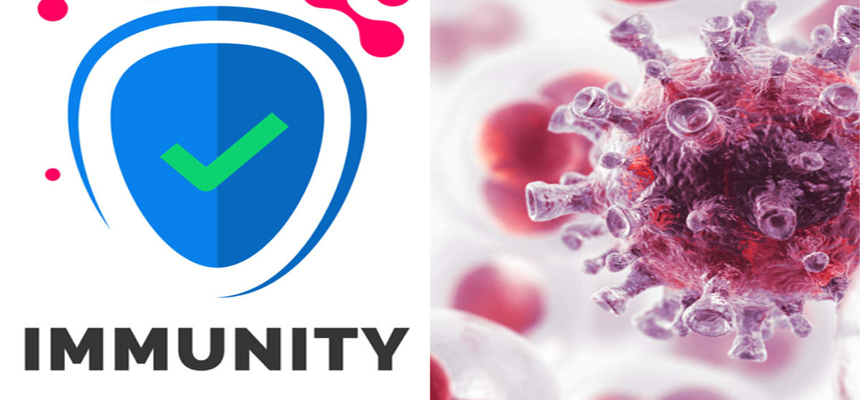Preventive Measures Go A Long Way In Curbing Leprosy

Leprosy (Hansen's disease) is an infectious disease caused by Mycobacterium leprae that involves the skin and peripheral nerves.
Early diagnosis and a full course of treatment are critical for preventing lifelong neuropathy and disability caused by leprosy.
Symptoms To Watch Out For
Early physical exam findings may include hypopigmented or reddish skin patches, diminished sensation or loss of sensation in involved areas, paresthesias, painless wounds or burns, and tender, enlarged peripheral nerves. Neuropathy and ophthalmic injury can also occur due to this disease.
The diagnosis is established when at least one of these physical findings is present and a skin biopsy obtained from the leading edge of the skin lesion confirms the presence of acid-fast bacilli in a cutaneous nerve.
Effective Treatment Protocols
Treatment of leprosy consists of multiple drug treatment. Treatment of tuberculoid disease (tuberculoid and borderline tuberculoid) consists of dapsone 100 mg daily and rifampin 600 mg daily.
On the other hand, treatment of lepromatous disease (lepromatous, borderline lepromatous, and mid-borderline) consists of 24 months of therapy with all three drugs, including clofazimine (50 mg daily added).
Paucibacillary duration of treatment lasts up to six months while multibacillary duration of treatment lasts up to 12 months.
Neuritis must be treated aggressively with steroids to try to prevent or minimize nerve injury and thus prevent deformity and disability.
Preventive Measures That May Help
Control measures for leprosy include clinical management of active cases as well as contact management.
Development of an improved vaccine is an important research goal for prevention. Household contacts should be evaluated annually for evidence of disease for at least five years and should be educated to seek immediate attention if suspicious skin or neurologic changes develop.
Prophylaxis for contacts is not warranted. Vaccination with BCG is partially protective for leprosy; a single dose appears to be 50 percent protective, and two doses further increase protection.

 Disclaimer: Welthi.com does not guarantee any specific results as a result of the procedures mentioned here, and the results may vary from person to person.
Disclaimer: Welthi.com does not guarantee any specific results as a result of the procedures mentioned here, and the results may vary from person to person.









